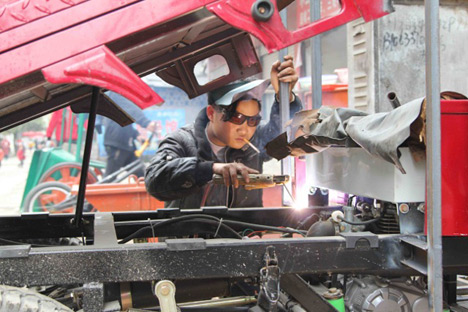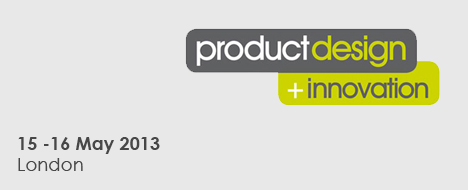 By Susan Dray
By Susan Dray
-Webster's Revised Unabridged Dictionary
As field researchers, we face a dilemma. Our roles require us to interpret our findings carefully and to be perceived as competent and professional. Yet everyone who has done fieldwork for very long has been in those situations—sometimes funny, sometimes frightening, sometimes heartwarming—where things didn't go as planned and when even the best prepared of us has had to modify an approach or change a particular visit to "pull it out of the fire" from time to time. Yet it can be hard to share these experiences with our wider professional community in order both to find their meaning and to learn from them. There was never a forum for us to share our experiences and to learn from them.
Until now. A little over a year ago, esteemed colleague, friend, consultant and author Steve Portigal began an experiment. He solicited and posted "war stories" from field researchers around the world. He says that he didn't really know what would come of this, but the result has been a fascinating set of cautionary tales and hilarious, tender, interesting stories from the field told by and for an international audience of fieldwork professionals. As Steve introduced it:
We love stories, and in our work as ethnographers, we love war stories about fieldwork. These experiences—the crazy household, the dog that does his business on your shoes, the GPS failure—are inevitable and are often (at least in hindsight) hilarious. Exchanging these stories is a way of socializing our technique and creating learning opportunities for both tellers and listeners.
Based on his own experience conducting field research over the years, Steve is well aware that Murphy's Law is alive and well when researchers go into the field. Everything that can go wrong will go wrong, and even if you have brought multiple spares, extra batteries, cameras, etc., there's always something else to test your flexibility.
The themes of the 50+ stories currently available vary widely. This growing collection has great examples for those teach or who are learning how to do ethnographic research, as well as those of us who do or have done it. There are many lessons in them. Here are some of my biggest takeaways:
What really happens in the field?
Because roles in many firms are siloed, not all designers get to experience participating in a full-blown ethnographic study, up close and personal with a trained user researcher, this means that they may not see how it evolves over time. They may have a chance to do one or two visits, but that's typically not enough to get anything other than a superficial sense of the overall process, specifically the dynamic challenge of gathering all of the information a team needs. Because of this, some designers don't see the value of having a user researcher leading the effort of getting the vast amount of data that ethnographic studies inevitably generate. These war stories can give a flavor of how this happens over time and can help designers understand better what they can get from a good user researcher from time in the field.
Seemingly ubiquitous problems include but are by no means limited to: pungent pet smells, recruiting nightmares, inclement weather, and unsavory neighborhoods in which researchers find themselves, often at odd hours of the night. Many of these are hilarious. Some are poignant. All recount familiar circumstances that I suspect seasoned field researchers will recognize.
(more...)









 The shop in Tongren
The shop in Tongren

 "SWASH" installation by
"SWASH" installation by 
 Sebastian Errazuriz's cheeky installation was legible from afar
Sebastian Errazuriz's cheeky installation was legible from afar









 The "
The "








 "The '
"The ' Bertrand excitedly noted that "Biomimicry is a growing domain."
Bertrand excitedly noted that "Biomimicry is a growing domain."




 From the Modernica Archives
From the Modernica Archives From the Modernica Archives
From the Modernica Archives From the Modernica Archives
From the Modernica Archives







 Looks cool, but what does it actually do?
Looks cool, but what does it actually do?










 Image via
Image via 






















